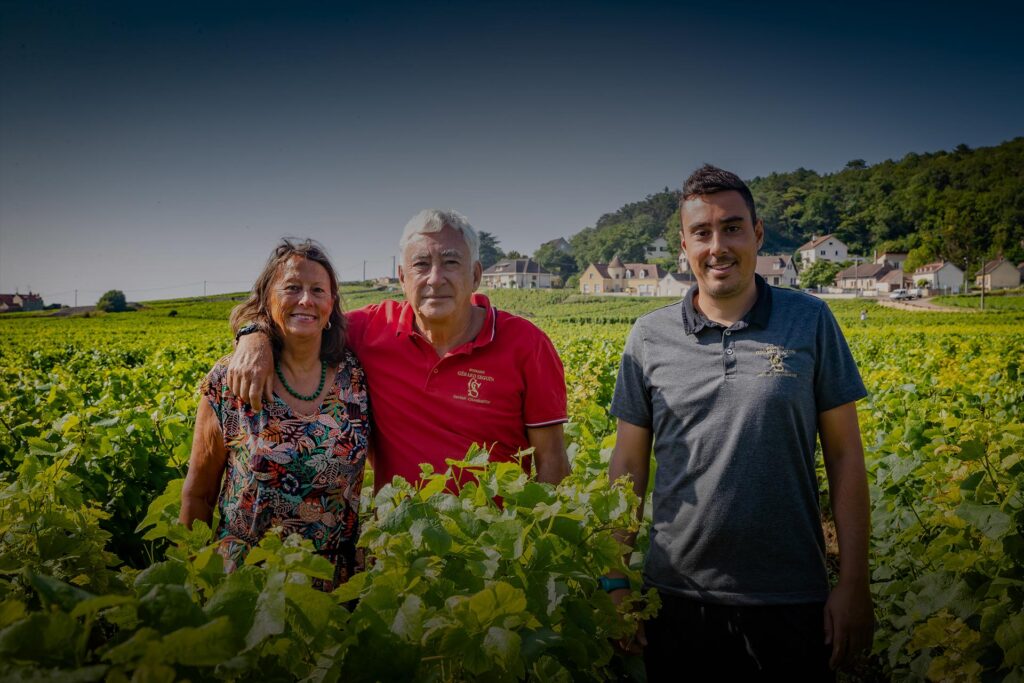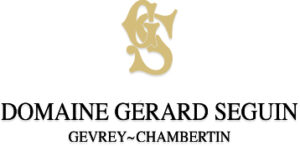
Gérard and Chantal Seguin, along with their son Jérôme, run this 6.25 ha estate located in Gevrey- Chambertin. Whilst their principal vineyard holdings are in Gevrey, they judiciously bought 2/3rds ha of Chambolle-Musigny in the 1990’s and ½ ha of Fixin in 2006. The vineyards are run sustainably and most of the cellar work, especially the bottling, is done in conjunction with the biodynamic calendar. The fruit here is de-stemmed, fermented in stainless steel for between 15-20 days and then aged in barrel, with up to 50% new oak, for between 15-18 months.

The construction of a new winery adjoining the existing buildings became urgent following the purchase of successive vineyards, as well as providing space for the marketing and sales of all the bottles in production; this was carried out in 2006, and was completed just before the harvest.
In addition, the estate took over the tenancy of 0.55 hectare of AOC Village vines from other landowners. The estate works 6.25 hectares, planted entirely with Pinot Noir, and exports 70% of its production.